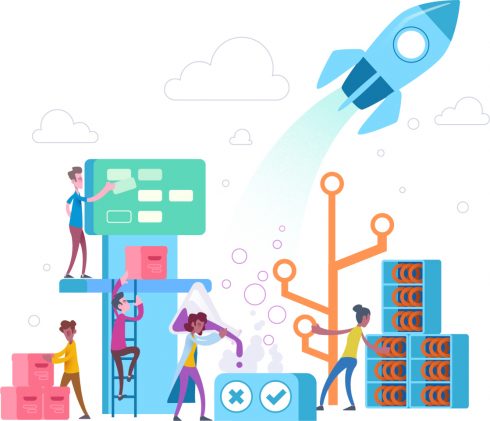
Microsoft announced Azure DevOps today with the introduction of new tools to help software development teams collaborate to deliver high-quality solutions faster. Azure DevOps was first revealed last year during Microsoft’s Connect():2017 conference.
The solution includes Azure pipelines, Azure Boards, Azure Artifacts, Azure Repos and Azure Test Plans.
“Working with our customers and developers around the world, it’s clear DevOps has become increasingly critical to a team’s success. Azure DevOps captures over 15 years of investment and learnings in providing tools to support software development teams. In the last month, over 80,000 internal Microsoft users and thousands of our customers, in teams both small and large, used these services to ship products to you,” Jamie Cool, director of program management for Azure DevOps, wrote in a post.
Azure Pipelines is designed to help with CI/CD initiatives and works with any language, platform, or cloud, according to the company. Azure Boards provides tracking capabilities, Kanban boards, backlogs, team dashboards, and custom reporting capabilities. Azure Artifacts features Maven, npm, and NuGet package feeds. Azure Repos includes unlimited cloud-hosted private Git repos. Lastly, Azure Test Plans is a planned and exploratory testing solution.
“Each Azure DevOps service is open and extensible. They work great for any type of application regardless of the framework, platform, or cloud. You can use them together for a full DevOps solution or with other services. If you want to use Azure Pipelines to build and test a Node service from a repo in GitHub and deploy it to a container in AWS, go for it. Azure DevOps supports both public and private cloud configurations,” Cool wrote.
According to the company, Azure DevOps represents an evolution in Microsoft’s Visual Studio Team Services. VSTS users will be upgraded to Azure DevOps with no loss of functionality. “The end to end traceability and integration that has been the hallmark of VSTS is all there. Azure DevOps services work great together. Today is the start of a transformation and over the next few months existing users will begin to see changes show up,” Cool explained.





